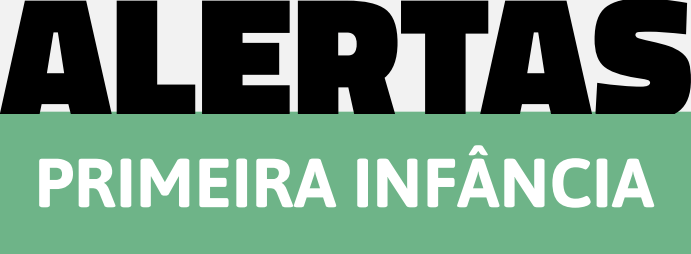Content
The bid-ask spread can be an important factor in determining whether to buy or sell a security. It is also a measure of market liquidity, showing how much buyers and sellers are willing to trade at different prices. A wide bid-ask spread may indicate that there are not many buyers and sellers in the market or that they are not willing to trade at the current prices. Stocks are bought and sold through the use of broker-dealers, or market makers. This system of brokers operating over exchanges (such as the NASDAQ) is what allows buyers and sellers to conduct transactions nearly instantaneously.
It’s the role of the stock exchanges and the whole broker-specialist system to facilitate the coordination of the bid and ask prices. This service comes with its own expense, which affects the stock’s price. Suppose you’ve decided to sell your home, and you list it at $350,000. After much negotiation, the sale finally goes through at $335,000.
Bid and Ask
In summary, the spread is the difference between the buy (ask) and sell (bid) price quoted on your trading platform and is payable on opening and closing a position. The bid and ask sizes tell you the number of shares that are ready to trade at the given price. These lots are usually 100, so an ask size of 25 would mean that there are 2,500 shares ready to trade at the asking price, but check with your broker to verify the lot size they use. If you submit a market sell order, you’ll receive the lowest buying price, and if you submit a market buy order, you’ll receive the highest selling price.
The difference between the bid and ask price is called the “spread.” It’s kept as a profit by the broker or specialist who is handling the transaction. Markets with a wide bid-ask spread are typically less liquid than markets with a narrow spread. The spread widens because there aren’t high levels of supply and demand, or buy and sell orders to easily match up. The higher transaction cost, in the form of a higher spread, is compensation to the market maker for the illiquidity. Trading products with a bid-ask spread this wide is clearly not advised. In the end, the minimal bid-ask spread probably doesn’t make a huge difference to you or the seller.
What is market volatility?
The difference between the bid and ask price is called the spread. Bid-ask spreads can be as small as a few cents or larger than 50 cents or $1, depending on the security that’s being traded. The market sets bid and ask prices through the placement of buy and sell orders placed by investors, and/or market-makers. If buying demand exceeds selling bid vs ask supply, then often the stock price will rise in the short-term, although that is not guaranteed. Most quotes in securities markets are two-sided, meaning they come with both a bid and an ask. The bid is the highest price at which someone is willing to buy the security, the ask or offer is the lowest price at which someone is willing to sell it.
- If you place a sizable order, your broker may fill it in pieces regardless to prevent you from moving the market.
- Although this results in the market makers earning less compensation for their risk, they hope to make up the difference by making the market for highly liquid securities.
- Sometimes, there isn’t always a perfect match at exactly the right time.
- On the other hand, if you wanted to sell your shares, you’d prefer to sell them for $4.40 instead of $4.10.
- Customers must read and understand the Characteristics and Risks of Standardized Options before engaging in any options trading strategies.
Some of the above transactions involves bids and offers and, as we’ll see below, different ways to navigate the bid/ask spread. When Joan originally bought her shares, her broker acted as a market maker by buying the shares from another market maker. When trading stocks, specially low-cap stocks, always watch the bid and ask and understand how big is the spread.
Bid and Ask Spread: Market Makers
The order book collects the offers from buyers who want to buy for a specific price and visualizes those bids on the bid side. It is essential for active traders to understand the difference between bid vs ask. All day trading strategies require a good understanding of the bid ask principle.
What is an example of a bid-ask?
Bid-Ask Spread Example
If the bid price for a stock is $19 and the ask price for the same stock is $20, then the bid-ask spread for the stock in question is $1. The bid-ask spread can also be stated in percentage terms; it is customarily calculated as a percentage of the lowest sell price or ask price.
On the other hand, when the security is seldom traded (illiquid), the spread will be larger. For example, the bid-ask spread of Facebook Inc., a highly traded stock with a 50-day average daily volume of 25 million, is one (1) cent. When you place a market order, you’re agreeing to buy at the next available ask price or sell at the next available bid price. The order goes through as long as there’s a bid (if you’re a seller) or an ask (if you’re a buyer).
